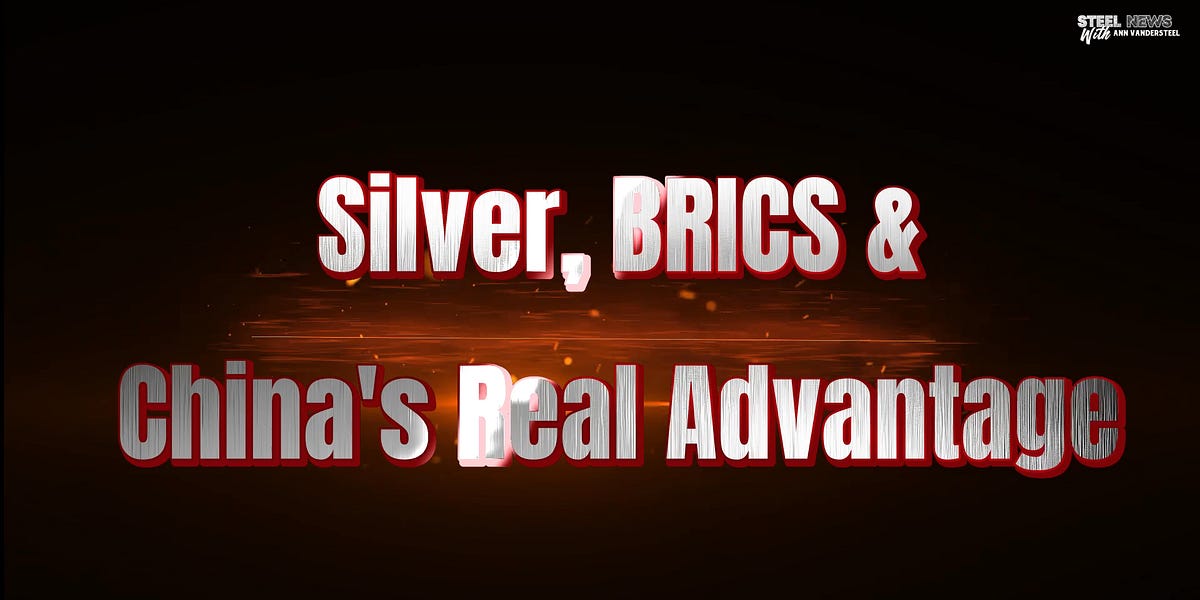Today the New York Innovation Center (NYIC), a NY Federal Reserve initiative, announced a tokenized money or digital dollar project involving nine financial institutions. It will use the Regulated Liability Network (RLN), which Citi first conceived, to use the same DLT network to support central bank liabilities, commercial bank money and non-bank issuer liabilities. Citi, BNY Mellon, Wells Fargo, HSBC and Mastercard are among the participants.
Background of the Regulated Liability Network
Many that are interested in digital currency will be aware of JP Morgan’s JPM Coin. While this is tokenized money, it only works for clients with JP Morgan bank accounts. If you had a separate Citi Coin and a Wells Fargo Coin, there’s a good chance they’d use different technologies. If you want to use distributed ledger technology for interbank payments, you will end up with an interoperability challenge.
Citi’s Tony Mclaughlin wanted to re-frame the debate from public versus private money to regulated versus unregulated money. And hence create a single Financial Market Infrastructure and platform that could support central bank money, as well as commercial banks and e-money providers. Future regulated stablecoins were also part of his vision.
The plan was also not to limit it to one currency but to support multiple central banks as part of the same FMI.
In some ways, it’s a lot like the current banking system, but all the different monies from institutions are tokenized. And they are programmable and can be exchanged 24/7.
NYIC’s RLN trial
During NYIC’s 12-week trials, the focus is on digital dollar payments for digital asset transactions, but SWIFT is also participating to support international interoperability.
At this stage, the project will be a simulation and, in addition to the five institutions mentioned, will also include PNC Bank, TD Bank, Truist and U.S. Bank.
At first, Citi worked with enterprise blockchain firm SETL on the solution. Subsequently, SETL partnered with Digital Asset, which has its DAML smart contract language, and the two tech companies created a joint venture. One benefit of SETL is that it claims to address the scalability challenges that plague many DLT projects. Digital Asset also has extensive experience in capital markets through projects with multiple stock exchanges such as ASX, Deutsche Boerse, SGX, and HKEX.
One observation is the reference to the RLN as a financial market infrastructure (FMI) rather than a network, like SWIFT. It’s far tougher to get the regulatory nod to launch an FMI.
Other interbank initiatives
There are quite a few other interbank blockchain payment initiatives apart from the RLN. In the United States, two domestically focused solutions are the USDF Consortium and TassatPay, both of which have so far attracted multiple banking participants. Internationally, there’s Fnality, Partior and SWIFT.




























